As Americans, we have certain rights guaranteed by the Constitution and the Amendments. And there is nothing dearer to Americans than individual freedom. For an individual to be involuntarily confined, the government must show levels of evidence that justify that confinement, depending on civil or criminal courts of jurisdiction. Ultimately, the US Supreme Court, SCOTUS, rulings determine the weight of that evidence measured against our constitutional rights, vs municipal, state, and federal concerns.
There are many such rulings, and when we are dealing with the MIDAH, mentally ill, drug addicted, and homeless, the SCOTUS has been engaged in some very important recent rulings determining whether or not the lower court rulings are in alignment with the 8th Amendment in regard to excessive bail, fines, and cruel and unusual punishments, and the 5th and 14th Amendments dealing with the loss of life, liberty, property, and the due process of law.
In 1975, SCOTUS made a very important ruling in O’Connor v. Donaldson. The background on this case is very disturbing, but not unusual during that time in mental health care, or the lack thereof.
In 1957, Kenneth Donaldson was civilly committed to confinement in a mental hospital in Florida. The commitment was initiated by his father who felt his son was delusional. After being confined, Donaldson was diagnosed with Paranoid Schizophrenia. While confined, he refused to believe that he had any mental illness and he refused treatments. This is a very common trait in Paranoid Schizophrenics. Many have anosognosia, where their brain cannot recognize that they have a mental illness problem.
Mr. Donaldson was kept for 15 years before he was released after the doctor who had repeatedly refused to release him, retired. After his release, Donaldson filed a lawsuit against the hospital and the doctor.

His case worked its way to the SCOTUS. The SCOTUS handed down a very important ruling. They ruled an individual CANNOT be constitutionally confined unless they are a danger to themselves or others, or they cannot safely live by themselves, or they need state assistance to live safely by themselves.
This is the sad part, Mr. Donaldson had a job for 14 years before he was committed, and after his release got another job working in a hotel. This man was not a danger to himself or others and could live in safety. This SCOTUS ruling was a very good one.
In 1979, in Addington v. Texas, the SCOTUS ruled that the level of proof needed to confine an individual to a state mental hospital needed to be “Clear and Convincing.” This was another excellent ruling by the SCOTUS. The level of proof was not “Beyond a reasonable doubt” as used in criminal proceedings, but it was a higher level of proof than a normal civil court proceeding requirement which is “Preponderance of the evidence,” which means 51 percent.
This higher level of proof safeguards our freedoms and prevents authorities from locking up individuals who can at least minimally function in society safely. I have had several patients who were paranoid schizophrenic, and most of them were able to safely live a pretty good life. One, whom I will call Ben, did very well. He was quiet by nature and soft spoken. A very likable man. And unless you were a trained medical provider, you would never pick up on his mental illness.
I asked him one day at my clinic if he still heard voices. He smiled and said “Yes, but with the medication, I don’t listen to them.” That was the best thing I had ever heard from him. The fact that some people suffer from mental illness does not mean they cannot lead a good and productive life. Many can have a job, a home, a family, a dog, be a respected member of society and pay taxes to where they are contributing to society and not being a burden on it.
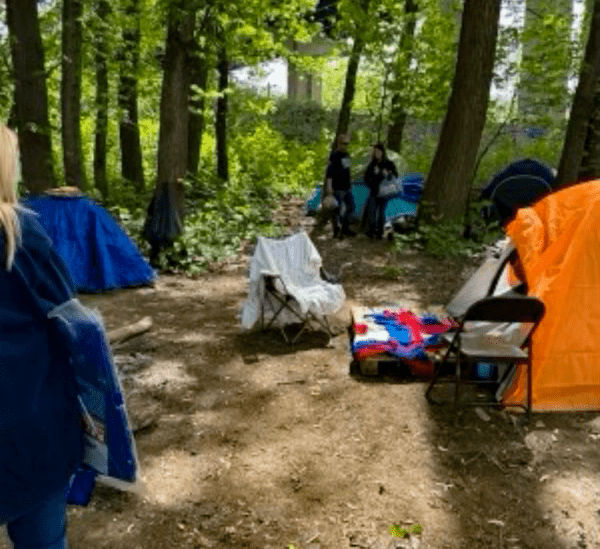
The same can be said for many of the drug addicted. There are many functional addicts that fight their demons in private and still have a family, get up each morning and go to work. I have treated hundreds of those. And over time, you try the best you can to get them off the narcotics, which is very hard in an outpatient setting.
But I have done it. And when I have gotten them off narcotics which usually takes one to two years, these people are extremely grateful to you and are mad as hell at the previous doctor or doctors who had kept them on narcotics for years. The surprising thing about getting off narcotics is the reality that you never were in as much pain as you thought you were. It was the addiction that was lying to you.
That is the mental illness that narcotics cause. Narcotics are neurotoxic to the brain and they will begin to re-wire the brain in as little as two weeks. This neurotoxic damage is very significant in two major areas of the brain, the prefrontal cortex and the Nucleus Accumbens.
The prefrontal cortex is the area of the brain where we make decisions, where our judgements are stored, and where our inhibitions are kept. Damage to this area of the brain by narcotics will make you an idiot. All your common sense becomes non-existent. Your once-informed decision-making is reduced to the level of a two-year-old beagle.
The Nucleus Accumbens is the pleasure center of the brain. This area controls your pleasures in life and contains receptors for dopamine. When you do something you like, dopamine is released and you feel that warm, fuzzy feeling.
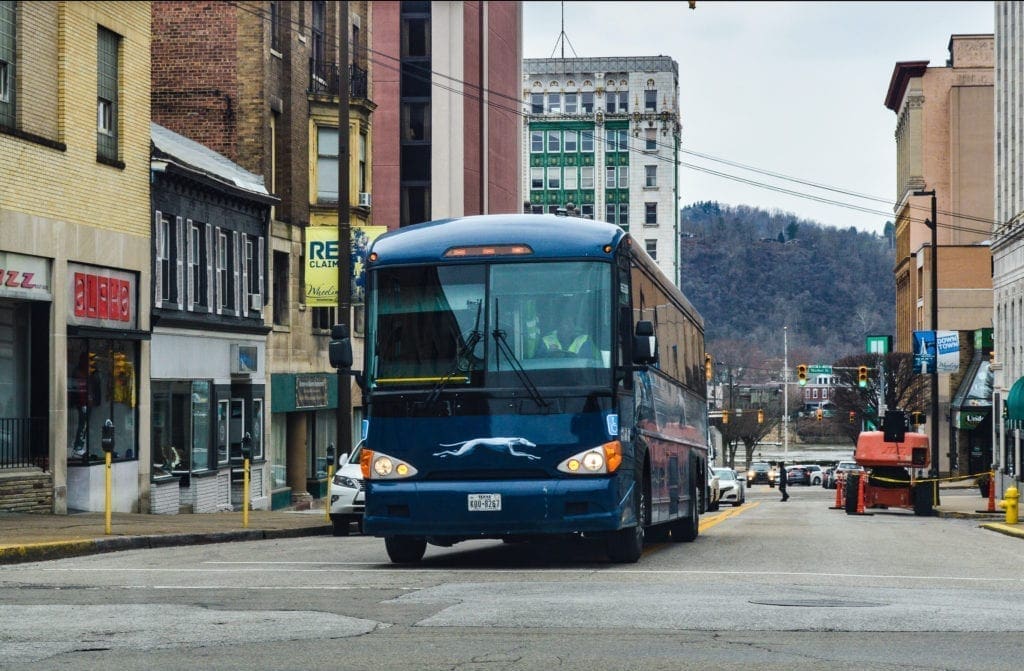
Narcotics will turn off the prefrontal cortex and will flood the Nucleus Accumbens with more dopamine than you have ever experienced even more than your first sexual encounter. That’s the power of narcotics on the brain. It makes you stupid, and it takes all the joy out of your life to that nothing else matters more than the narcotics. That is the definition of addiction.
And with the current fentanyl that has become so very common in narcotics, you are now endangering your life with every use. This is why we have four overdose deaths every day in West Virginia. Four families a day are screaming and their nightmare will never end. People addicted to narcotics are playing Russian Roulette with their lives every single time they shoot up or take a pill.
This is no different than putting a pistol up to your head and pulling the trigger after one of your friends has put one bullet into the revolver and spun the cylinder. You have no idea if that next hit of drugs or pull of that trigger is going to kill you. You are endangering your life, but the addiction will not allow you to do anything less. It’s only a matter of time. And if we are not going to address the root problem of our issues, they will never get resolved.
We have four distinct groups that are affected by mental illness or addiction.
First, we have the Functioning Addicts who may or may not be dealing with mental illness as well. However, they are still holding their lives together and many are going to work every day.
Second, we have the Functioning Mentally Ill who may or may not also be addicts but are still holding it together and perhaps working daily.
Third, we have the incarcerated addicts or mentally ill, or both. These make up the bulk of our prisons and jails’ population. 60 percent of our inmate population has addictions, 40 percent have mental illness diagnoses. This results in almost 90 percent of our inmate population being either drug addicted, mentally ill, or both.
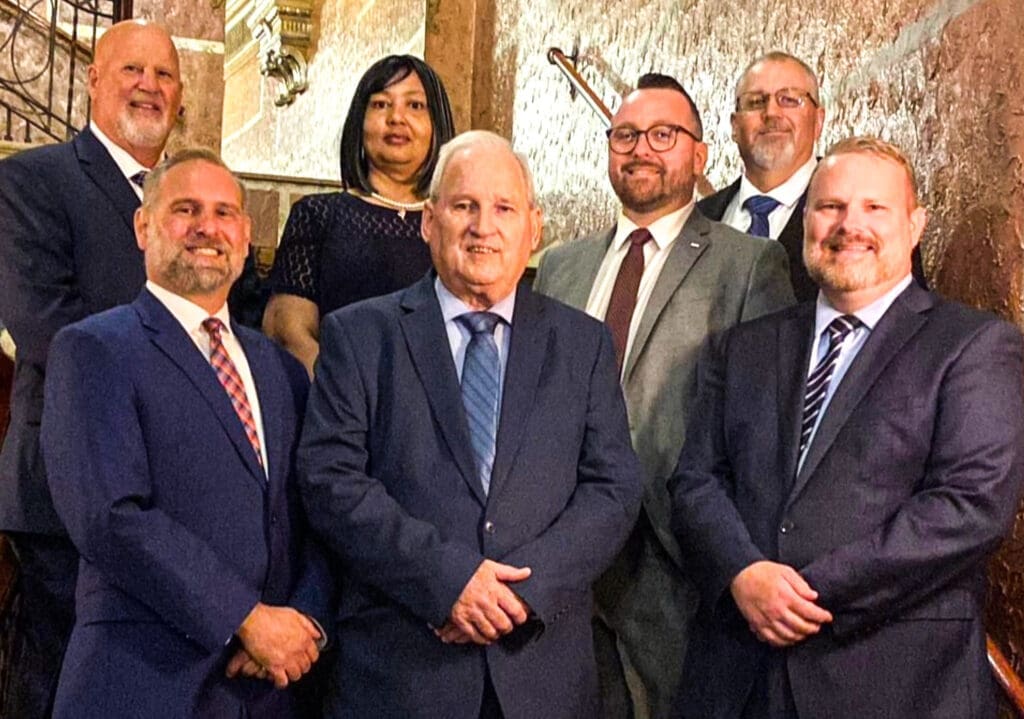
And finally, fourth, we have the MIDAH, mentally ill, drug addicted, and homeless. These are the members of the homeless camps. Almost every individual in a homeless camp is either mentally ill, drug addicted or both.
A very interesting study on the homeless was conducted in 2019 by Roundtree, Hess, and Lyke in California. This study was a voluntary study by 64,000 homeless individuals in 15 states. The publishers of the study stated that this was a self-reported study. If anyone knows the homeless very well, will agree that a self-reported study by these individuals will be significantly under-reported. The MIDAH do not like to talk about themselves.
However, the results were astounding. Even with the very real possibility of underreporting by this group, an amazing 78 percent stated they had mental health issues and 75 percent stated they had drug addictions. These two pathologies can stand alone as an issue. Meaning, if you take 10 people and say that 8 of them have mental illness, and then if you move that same 10 people to another room and say, 7.5 of them have drug addictions, what chance do you think the two that do not have mental illness are not at least addicted or the almost three that do not have an addiction, do not possibly have a mental illness? That answer is almost zero!
These percentages make virtually everyone in a MIDAH camp either mentally ill, drug addicted or both. From my own experiences with the MIDAH, I have always felt that at least 98 percent or higher of any homeless camp are either mentally ill, drug addicted or both. This study proves that personal experience and assumption.
This study also brings to light this very important point, that most of the MIDAH, had mental health or drug addiction issues BEFORE they were ever homeless. This also proves the point that the MIDAH issue is not over housing, it is because of mental illness and drug addiction.
The study even poses the question, if emergency shelters are even serving people with high health needs when they INITIALLY become homeless. Also, the study points out that the MIDAH were not using available shelters with ANY SIGNIFICANT FREQUENCY.

Dr. Robert Marbut, Ph.D., a homeless consultant, was the Executive Director of the US Interagency Council of Homelessness under President Trump in 2019. In 2011, Dr. Marbut assisted in creating a 400-bed homeless shelter in Florida called the Pinellas Safe Harbor. This facility is run by the Pinellas County Sheriff’s Office still today. I called and talked to one of the deputies of the Pinellas SO.
He informed me that the average stay is less than one month, even when they do not have a set time after which the people must leave. And if the individuals wanted, they could stay much longer. He informed me that very few people go to other shelters, and approximately 70 percent just disappear, possibly back to the street after a couple of weeks of being there in Safe Harbor.
Dr. Marbut and other have some very good ideas, but these efforts still fail to address the root causes of the MIDAH. Perhaps because he is not a physician and has not had the opportunity to treat people in these predicaments. This rationale is pretty good, but it is more didactic than real world and these solutions are not complete. But they are on the right track.
And this is why the MIDAH chose to leave good housing. They can’t help it. They will not stay in a shelter where they feel their lifestyle is being controlled. This is not a housing problem; this is a mental illness and addiction problem.
So, what do we do about it? What can we do about it?
In 2018, in Martin v. Boise, the 9th Circuit Court of Appeals ruled that punishing people for camping on public property was in violation of the 8th Amendment’s ban on cruel and unusual punishment. This effectively made vagrancy laws unenforceable. Meaning homeless camps on open areas, under overpasses, sidewalks, etc were not to be removed, no matter what.
In June of 2024, the SCOTUS overruled the 9th Circuit in the Grants Pass v. Johnson. This ruling stated that the enforcement of laws regulating camping on public property does not constitute cruel and unusual punishment.
This ruling allowed cities and states all over this country to once again have the authority to clean up the homeless camps and increase public safety. Even in California, many of the homeless camps were removed and the occupants either left or agreed to some type of public assistance. California does not have a state law prohibiting these cleanups.
On March 28, a Circuit Court Judge in Grants Pass ruled that Grants Pass was in violation of an Oregon State Law that required cities to consider the totality of the MIDAH circumstances. This injunction bars Grants Pass from enforcing two ordinances regulating homelessness in local parks until it increases the capacity of its designated sites to sufficiently accommodate homeless residents, in particular homeless residents with disabilities. From my reading of this injunction, the Judge made a good ruling based on the applicable state law which Grants Pass must adhere to.
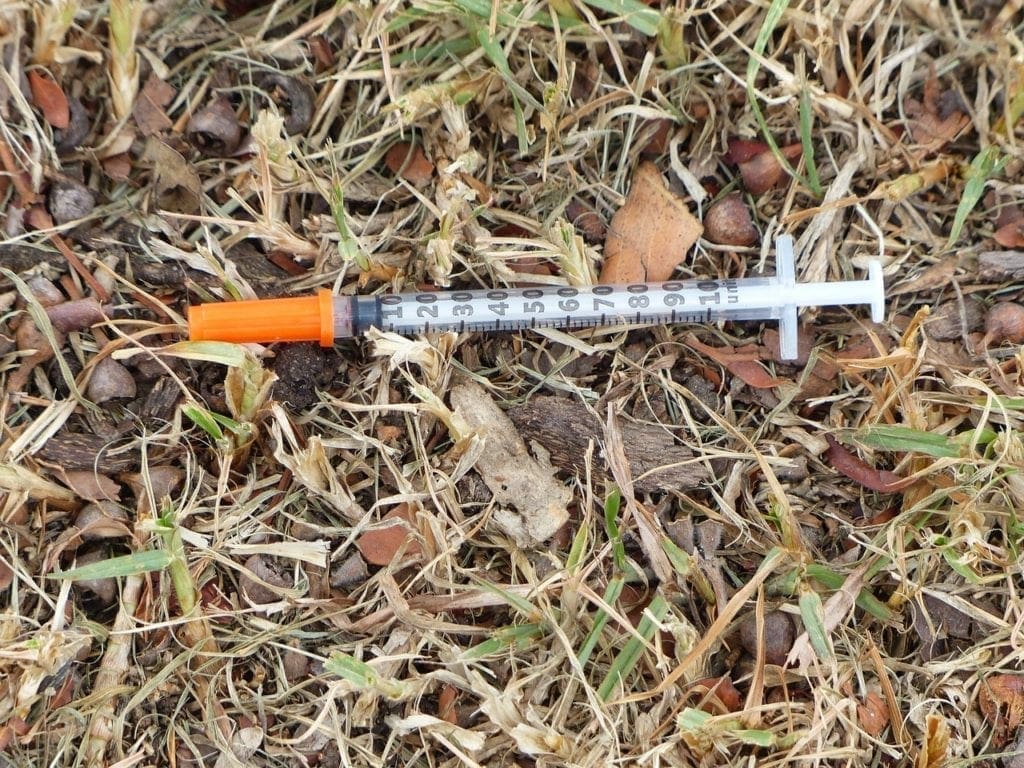
These one-step forward and two-steps back are indicative of our misunderstanding of the true nature of the MIDAH.
To solve this, there must be both sides of the aisle working together to address this national problem appropriately. This is not a bipartisan issue; this is an American issue. It must be treated as such.
First, we must recognize the true nature of this problem. And that is, this is not a housing issue, this is a true medical issue with mental health and addictions as the root causes. And no matter what you are trying to do, no matter how much money you throw at this, nothing is ever going to work or change these circumstances until we help these people trapped in their own mental illnesses and addictions.
Second, cities and communities must seek help from their state legislatures. Applicable laws must be created or changed to where we are able to get the MIDAH real help and not just shuffle these people around from camp to camp. Prosecuting Attorneys, Judges, City and State Governments must have more options. Sending these people to prison or jail is not the answer. This is not compassionate care; this is societal neglect from not understanding what we are dealing with.
Third, cities and states must make their efforts supportable by the federal government. No city or state has the resources to address this properly without federal funding. This must be a federal priority, and rightfully so. The Governors, US Senators and House members must get the President’s ear. This is the perfect time for this effort with Trump and Kennedy Jr at HHS.
Forth, we must get the MIDAH in hospitals where we can properly address their mental health and addiction issues. You cannot do this in a community clinic. The time it takes to stabilize a mentally ill patient is 6 to 12 months. The time it takes to successfully treat narcotic addiction is 1 to 2 years. We can now prove this with the research of Dr. Rita Goldstein and others. We can also show how the brain heals with time. This is a game changer. If we are not willing to take the necessary steps to finally solve this problem, it will never end. It will continue as it has for the past 30 years.
So, the first question we must answer is, where are we going to put these people? We must have a state hospital to do this. And in the end, we must have more hospitals than prisons. Because up to 90 percent of incarcerated inmates in any prison in any state are either mentally ill, drug addicted or both. If we want to continue this revolving door of incarcerations and useless spending, don’t change a thing.
The second question is how do we do it?
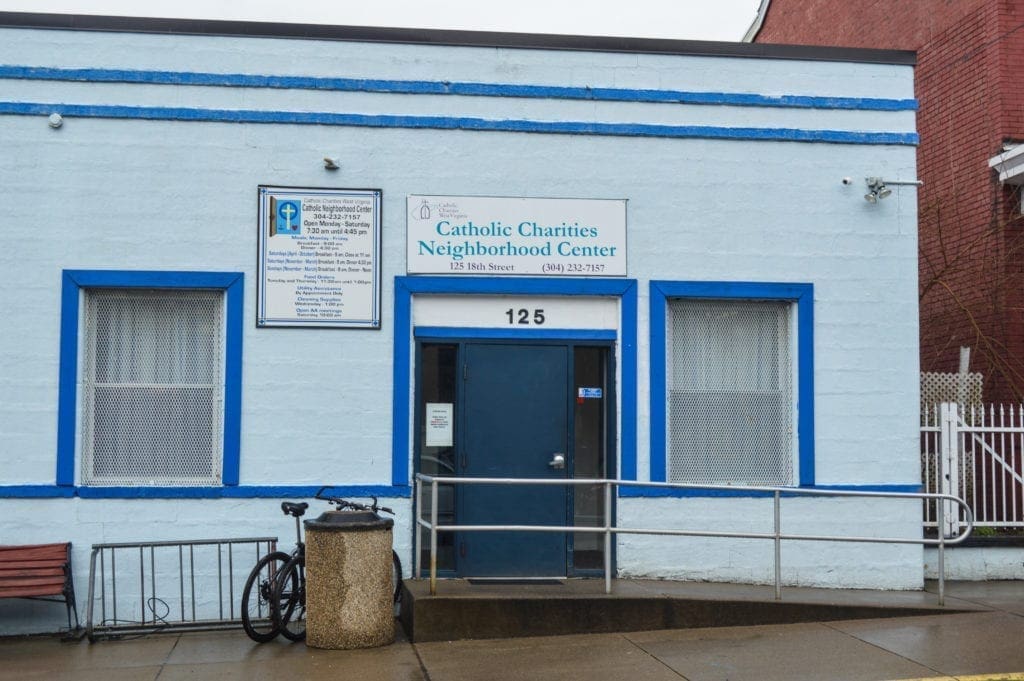
Let’s start with the incarcerated, this is an easy adjustment to make. The legislature will need to change the laws so judges have the authority to send qualifying convicted offenders to a hospital instead of a prison or jail. That’s an easy fix and a state hospital could be filled up with current inmates very quickly. The average length of incarceration is normally less than 5 years. So, we have a captive population here to begin with. And if in a couple of years or so, an inmate is able to walk out of a hospital clean and sober, or mentally stable and get a job, we and they have won.
Now for the MIDAH, this is still an easy fix with the Legislature’s help. Most of the time, getting the legislature to do anything is like pulling teeth. However, if they are correctly informed of the true nature of the problem with the MIDAH, members from both sides of the isle should be excited to tackle this problem.
Up to this time, we as doctors only were able to talk about the MIDAH issue from our own experiences in treating these people. And most doctors who have treated the homeless will tell you that practically all of them are either mentally ill, drug addicted or both. But also, to successfully treat one of these people in an outpatient setting is almost impossible. They come and they go faster than any other patient population. And most disappear long before a successful treatment plan is completed, and to see them for a second visit is almost unheard of. And most of the drug addicted continue using drugs. There is no way to stop them.
So, for the drug addicted, they will come into contact with law enforcement sooner or later, and/or if EMS must respond to them because they are playing Russian Roulette with drugs, in either circumstance, a mental hygiene hearing is appropriate and involuntary confinement is appropriate. Playing with a gun in their mouth is no different than using narcotics. We have 1,400 people killing themselves with narcotics yearly in West Virginia. We have 350 committing suicide by other causes each year. What is the greater threat?
Any current drug use constitutes very risky behavior and is a threat to themselves, especially if EMS, medical services or law enforcement has had to administer Narcan to save their lives. These occasions are well documented to show “Clear and Convincing” proof that this person is a drug addict and is a danger to themselves. I believe with the current fentanyl deaths in this country, this falls well with in the SCOTUS ruling for involuntary confinement.
At one of my clinics, I was seeing a young man who was an addict. His mother worked for me. The young man had been working away for a couple of months at a drug rehab center. His mother and I hoped and prayed he would be able to turn his life around and stay clean. One day his mother said he had returned home and I requested to see him. He showed up one day and I asked him, how long had it been since he had shot up last? He said three days. I told him to promise me he would stop because if anything happened to him, it would destroy his mother.
He promised and promised he would.

A few weeks later, his mother went home for lunch and found him dead on the couch from an overdose. This is not a new story; it is heard time and time again. And this is fact, these people cannot fight these addictions without help. And the only way to help them is to put them where they have no access to the drugs for 1 to 2 years. And drugs are available in prisons and jails, so it must be a secure hospital. Through Dr. Goldstein’s research, we can now show that the damaged brain from narcotic use takes 3 to 4 months to start healing after abstinence, and 1 to 2 years to complete the healing process. We can now show Clear and Convincing proof that this brain damage is happening by the fMRI and PET scans of the brain. No more expert opinions only that the judge has to consider on both sides. Now there is scientific proof of what is actually happening to the brain. And it’s not good. The drug addict is a danger to themselves just in the brain damage that they are causing with narcotic use.
The mentally ill of MIDAH, eventually come into contact with law enforcement as well. This is an excellent time to request a mental hygiene hearing if deemed appropriate. If the behavior or actions of a mentally ill individual presents as a danger to themselves or others, or not being able to safely live by themselves, even with help, this would be grounds for a minimum 30-day evaluation to determine the extent of this person’s mental health. If the evaluation determines that the person is not a danger to themselves or others and can safely live by themselves with or without help, there is absolutely no reason to keep that person confined. I have had many of these patients who could function fairly well in life.
However, a mentally ill person who is living in a tent in freezing weather, who declines shelter, who has no source of reliable heat, who has no sanitation, no warm meals, no clean water, this person is a danger to himself and is not living safely. This person can be involuntarily confined to address his or her mental health issues and is in line with the SCOTUS rulings of Donaldson and Addington.
In closing, if we are to ever help these people and solve these problems, we must start looking at these problems honestly and with professionalism. We can no longer afford our petty bickering over process. We can now actually see what the problems are, and it is up to us to address them correctly.


